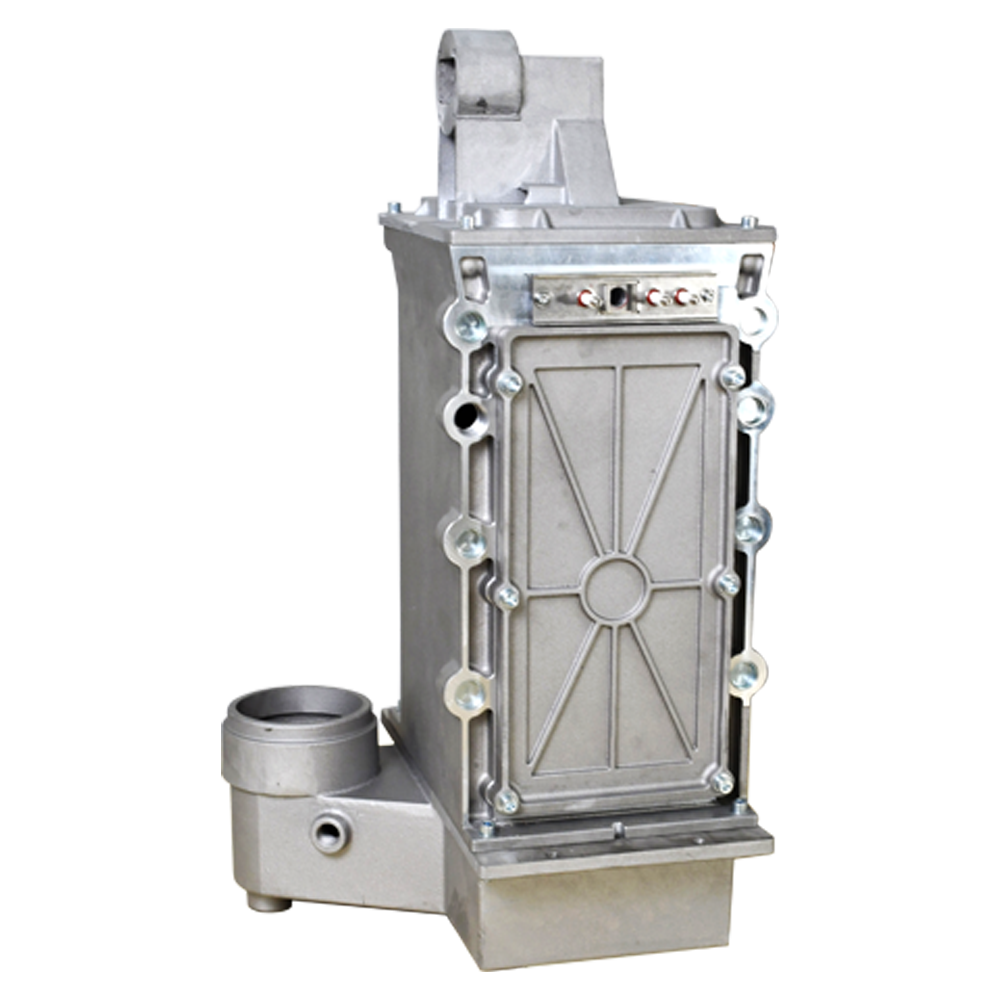- Afrikaans
- Albanian
- Amharic
- Arabic
- Armenian
- Azerbaijani
- Basque
- Belarusian
- Bengali
- Bosnian
- Bulgarian
- Catalan
- Cebuano
- China
- China (Taiwan)
- Corsican
- Croatian
- Czech
- Danish
- Dutch
- English
- Esperanto
- Estonian
- Finnish
- French
- Frisian
- Galician
- Georgian
- German
- Greek
- Gujarati
- Haitian Creole
- hausa
- hawaiian
- Hebrew
- Hindi
- Miao
- Hungarian
- Icelandic
- igbo
- Indonesian
- irish
- Italian
- Japanese
- Javanese
- Kannada
- kazakh
- Khmer
- Rwandese
- Korean
- Kurdish
- Kyrgyz
- Lao
- Latin
- Latvian
- Lithuanian
- Luxembourgish
- Macedonian
- Malgashi
- Malay
- Malayalam
- Maltese
- Maori
- Marathi
- Mongolian
- Myanmar
- Nepali
- Norwegian
- Norwegian
- Occitan
- Pashto
- Persian
- Polish
- Portuguese
- Punjabi
- Romanian
- Russian
- Samoan
- Scottish Gaelic
- Serbian
- Sesotho
- Shona
- Sindhi
- Sinhala
- Slovak
- Slovenian
- Somali
- Spanish
- Sundanese
- Swahili
- Swedish
- Tagalog
- Tajik
- Tamil
- Tatar
- Telugu
- Thai
- Turkish
- Turkmen
- Ukrainian
- Urdu
- Uighur
- Uzbek
- Vietnamese
- Welsh
- Bantu
- Yiddish
- Yoruba
- Zulu
نوفمبر . 15, 2024 19:14 Back to list
lp boiler
Understanding LP Boiler Systems A Comprehensive Guide
In today’s world, energy efficiency and sustainability are paramount, and one of the most effective ways to achieve these goals in many industries is through the use of LP (Low Pressure) boiler systems. These systems have become increasingly popular owing to their ability to provide steam or hot water at lower operating pressures, which can lead to significant energy savings and reduced operational costs.
What is an LP Boiler?
An LP boiler is designed to operate at low pressure, typically below 15 psi, which distinguishes it from traditional high-pressure boiler systems. These boilers are widely used in various applications, including heating, process steam, and hot water supply. Common industries utilizing LP boilers include food processing, paper manufacturing, and chemical production, where steam is necessary for production processes, cleaning, and heating.
Benefits of LP Boilers
One of the primary advantages of LP boilers is their energy efficiency. Operating at lower pressure allows these systems to use less fuel compared to high-pressure boilers. This improved efficiency not only reduces operating costs but also minimizes the environmental impact by lowering greenhouse gas emissions. LP boilers are often equipped with advanced control systems that optimize fuel-to-steam conversion rates, further enhancing their efficiency.
Another significant benefit of LP boilers is their reduced maintenance requirements. The low-pressure operation results in lower thermal stress and wear on components, leading to a longer lifespan for the equipment. Additionally, because LP boilers typically have simpler designs, they can be easier to service and maintain, allowing for lower downtime and improved reliability.
Key Components of an LP Boiler
Understanding the essential components of LP boiler systems is crucial for effective operation and maintenance. Here are some of the key components commonly found in LP boilers
1. Burner This is where the fuel is mixed with air and ignited to produce heat. Modern burners are designed to provide precise fuel control, enhancing efficiency and minimizing emissions.
lp boiler

2. Heat Exchanger This component allows heat to transfer from the burner to the water or steam in the system. Efficient heat exchangers are critical for maximizing the boiler's performance.
3. Water Feed System This system ensures that the boiler is provided with an adequate supply of water. It typically includes water pumps, level controls, and chemical treatment facilities to maintain water quality.
4. Control Panel Modern LP boilers are equipped with sophisticated control panels that monitor and regulate critical operational parameters, ensuring safety and efficiency.
5. Stack and Flue These components safely vent combustion gases produced during the burning of fuel to the atmosphere, ensuring compliance with environmental regulations.
Safety Considerations
While LP boilers operate at lower pressures, safety remains a top priority. Regular inspection and maintenance of the boiler components are essential to ensure safe operation. Operators should be familiar with the specific safety protocols related to LP boiler systems, including proper training for personnel, routine safety drills, and adherence to local regulations and codes.
Innovative Trends in LP Boiler Technology
The boiler industry is continually evolving, with new technologies enhancing the efficiency and functionality of LP systems. The integration of automated control systems, advanced monitoring technologies, and the use of alternative fuels such as biomass and biofuels are paving the way for a more sustainable future. Additionally, the implementation of IoT (Internet of Things) technologies allows for real-time monitoring, predictive maintenance, and data analysis, which can further optimize boiler performance and reduce energy consumption.
Conclusion
In summary, LP boiler systems offer numerous advantages, including energy efficiency, reduced maintenance, and longevity. As industries strive for greater sustainability, the role of LP boilers will continue to grow, supported by ongoing innovations in technology and best practices. Understanding the fundamentals of LP boilers and their components can help businesses make informed decisions regarding their heating and process needs, ensuring they remain competitive while minimizing their environmental footprint.
-
8mm Thin-Walled Cast Steel Manhole Cover Pallet Bottom Ring | Durable
NewsAug.04,2025
-
Premium Cast Iron Water Main Pipe: Durable, Corrosion-Resistant
NewsAug.03,2025
-
Durable Cast Iron Water Mains | AI-Optimized Systems
NewsAug.02,2025
-
High-Efficiency Propane Boiler for Baseboard Heat | Save Energy
NewsAug.01,2025
-
Premium Source Suppliers for Various Gray Iron Castings
NewsJul.31,2025
-
Durable Cast Iron Water Main Pipes | Long-Lasting
NewsJul.31,2025


